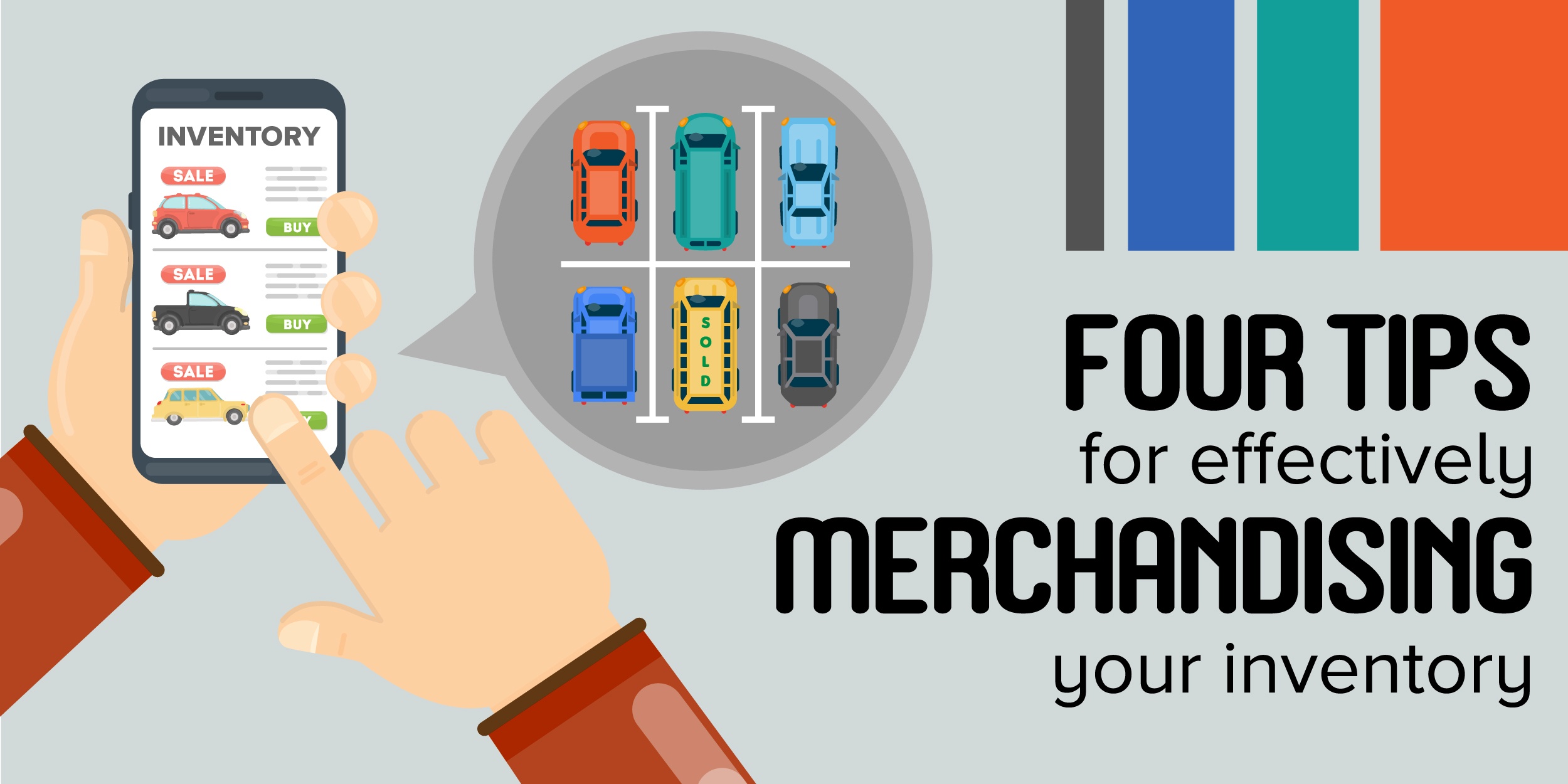Better Together - Content and SEO go together like peanut butter and jelly. Sure, they can exist independently of each other, but their value working together is greater than their separate efforts. Combining content and SEO into one cohesive approach builds a strong foundation for driving quality conversions for the long haul.
SEO Ranking; More than just keywords
SEO ranking goes beyond keywords - it’s all about the accumulation of quality content through all of your marketing efforts. In this case, quality content is content that supports and grows your ranking by including or using your keywords and related phrases. A dealership’s goal shouldn’t be to rank high for 5 specific terms. Instead, it should be to own the entire search results page for terms related to their products and services. This significantly increases your opportunity for earning conversions. Why limit your dealership’s digital visibility to a few words, when you can own a variety of related words and show up in even more similar searches?
Owning a results page is a continuous process, but it pays off. It takes time and develops through the combination of quality content, social media, reputation channels (review sites), and PPC campaigns that all incorporate your keywords/phrases. ‘Owning’ a results page gives a dealership the highest likelihood of showing up when customers are searching for the dealership, its services, or related services they could get at the aftermarket or another dealership. It provides the perfect opportunity to steal prospects or customers who are searching for the same services from competing businesses.

Mapping searcher intent to keywords
A smart SEO strategy is built on an understanding of how your audience searches for needs related to your industry, products, and services (searcher intent). When you understand the intent behind keyword searches, you can use content to target those keywords.
Useful content is relevant content. It provides answers for consumers and includes the language or keywords they use when searching. Consider how people search for information online. They often search by asking questions. Building content that includes the actual search terms consumers use, and that answers the questions implied in those searches, is a great way to drive conversions. For example, a user might search “How do I know if I need an oil change?” Your content should answer this question i.e. “Three Signs Your Car Needs an Oil Change,” “When to Get an Oil Change,” "Top Scenarios to Get an Oil Change" etc.
Align your content with your goals
Does your content align with your dealership’s monthly goals? Are you using website content and paid search to address your dealership’s specific problem areas? Publishing content directly related to your dealership’s goal(s) will attract the right consumers needed for reaching that goal. It’s hard to sell the remainder of your previous year’s models when they’re not in any of your advertising content or listed on your website – keep your content, keywords, and strategy consistent with your goals for the most success.
Pro tips
Actionable insights you can start using today:
- Website Structure: Make sure your website is using the fundamentals of SEO by using tactics such as Title Tags, Alt Tags, Meta Tags, H Tags, Header Tags, etc.
- Content Placement: Most web users engage with content ‘above the fold’. This means your most valuable information and content needs to be in the area that occurs before a user has to scroll down.
- Common Searches: Ask your provider for the most common search terms used on your website (organic and paid). Start creating content based on these words, the intent behind them, and bid on them!
- Quality Content: Focus on creating content that will engage and benefit your website visitors. More importantly, avoid creating content to stuff keywords –it’s better to provide continual value to your consumers over time than to quickly generate unengaging content. Irrelevant content will not help develop a strong, long-term SEO strategy that consistently drives quality leads and conversions.
Like most good things, this strategy gets better with age. It takes time and fine-tuning to develop quality content based on your consumers’ searches and dealership’s goals.










